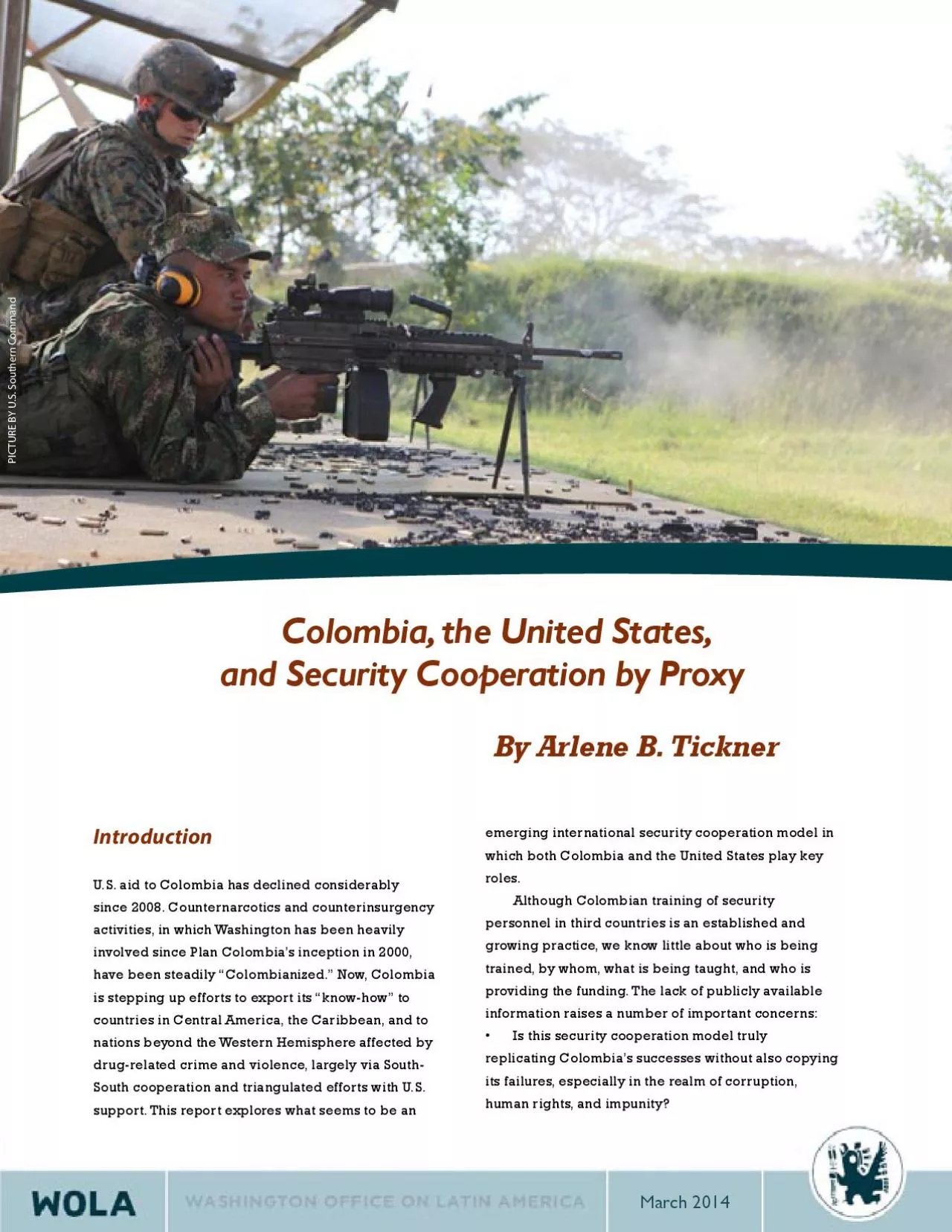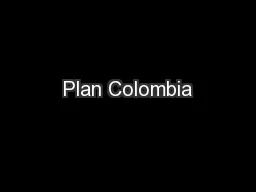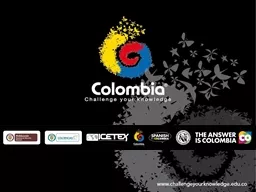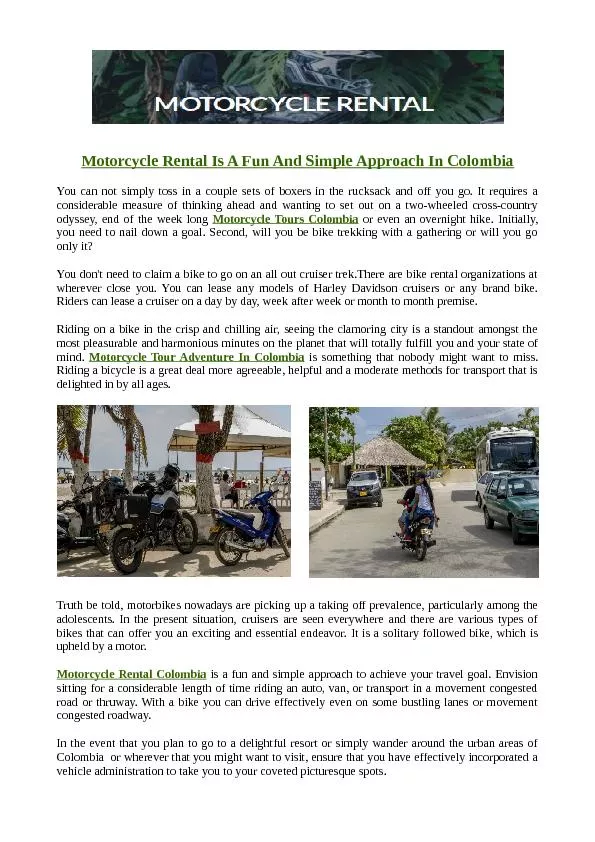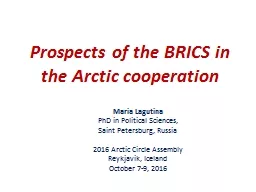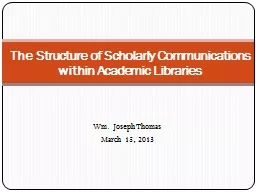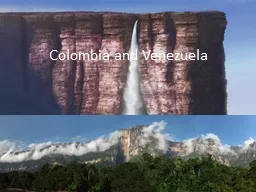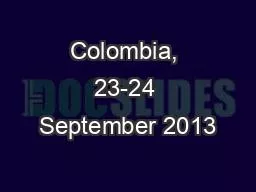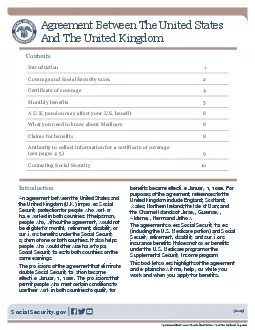PDF-Colombia the United States and Security Cooperation by ProxyBy Arl
Author : priscilla | Published Date : 2021-06-06
March 2014PICTURE BY US Southern Command Colombia the United States and Security Cooperation by Proxy WhydifficultinformationColombia146s specific activities151far
Presentation Embed Code
Download Presentation
Download Presentation The PPT/PDF document "Colombia the United States and Securit..." is the property of its rightful owner. Permission is granted to download and print the materials on this website for personal, non-commercial use only, and to display it on your personal computer provided you do not modify the materials and that you retain all copyright notices contained in the materials. By downloading content from our website, you accept the terms of this agreement.
Colombia the United States and Security Cooperation by ProxyBy Arl: Transcript
Download Rules Of Document
"Colombia the United States and Security Cooperation by ProxyBy Arl"The content belongs to its owner. You may download and print it for personal use, without modification, and keep all copyright notices. By downloading, you agree to these terms.
Related Documents

